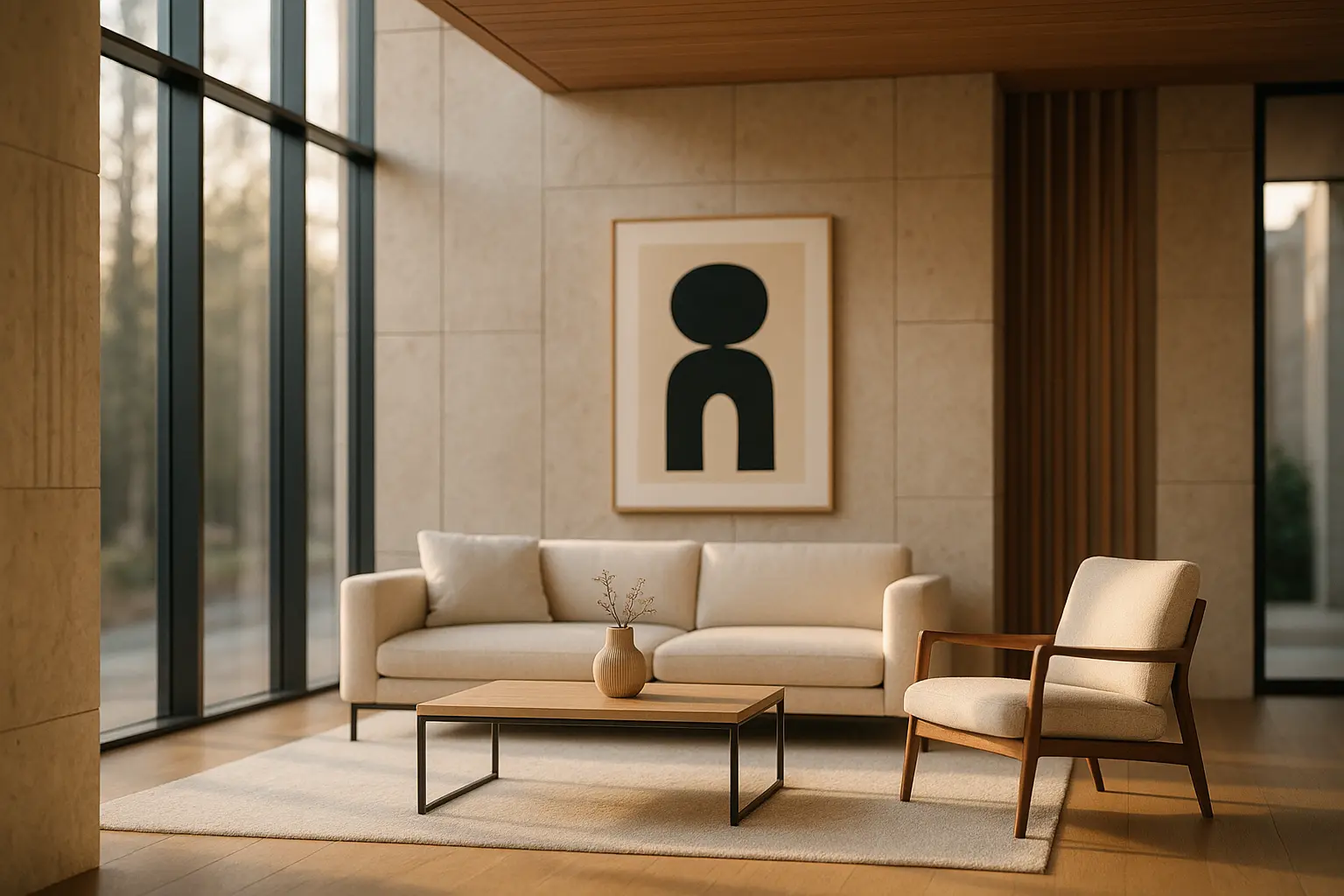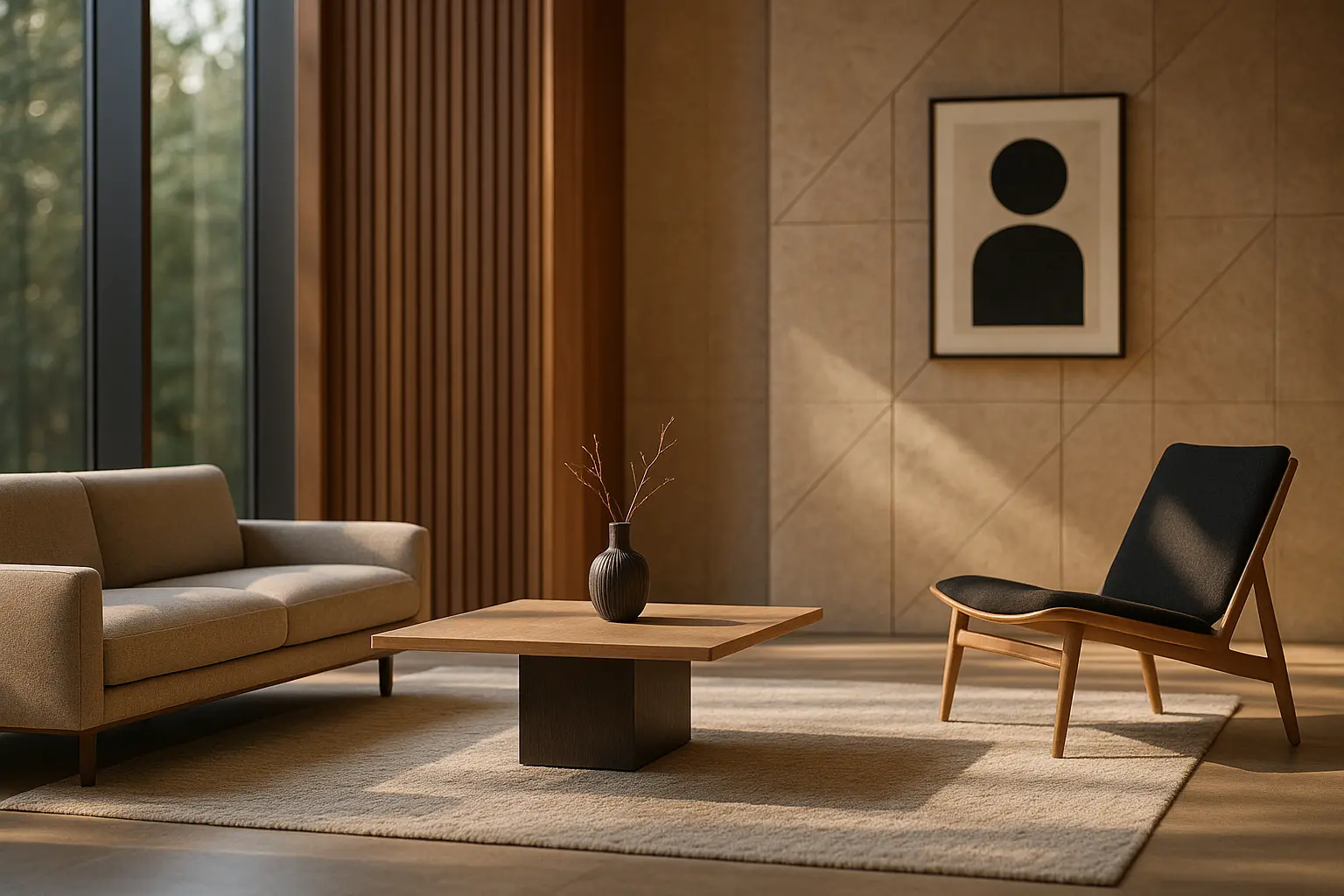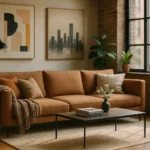Architecture is more than just the art of constructing buildings; it’s a profound narrative of history, culture, and human aspiration. It’s a medium where form meets function, where space is sculpted not only for utility but for meaning. As an architect, I often find myself gazing at towering structures and intimate spaces alike, marveling at the orchestration of elements that evoke both awe and comfort.
In this modern age, where lines between disciplines blur and creativity knows no bounds, using architecture as a source of inspiration for interior design is akin to inviting the world into our homes. This article will explore the symbiotic relationship between architecture and interior design, and how one can draw from architectural principles to enhance their living spaces.
Exploring Architectural Styles for Interior Design
Each architectural style tells its own story, woven with historical context and cultural nuances. As designers, we can breathe life into our interiors by embracing these styles.
Take the minimalist modern architecture of the 20th century, characterized by its clean lines and open spaces. By incorporating such elements into our interiors, we create environments that are not just aesthetically pleasing, but also foster a sense of serenity and focus. Modern design emphasizes the “less is more” philosophy, and that simplicity often translates to functionality.
Then there’s Gothic architecture, with its grandeur and intricate detailing. Imagine an interior space inspired by Gothic arches and vaults, where materials like wrought iron and dark wood create an atmosphere both dramatic and inviting. Here, the key is balance—integrating these elements without overwhelming the space.
From the romantic allure of the Baroque to the soothing symmetry of Neoclassical design, each architectural style offers a distinct palette of inspiration. By understanding the design principles of these styles, we can transform spaces into personal sanctuaries that reflect our identity and aspirations.
The Role of Space and Scale in Design
Space is not merely the absence of objects; it’s a canvas that can define the experience of a room. As an architect, I’ve come to appreciate how both space and scale shape our perception and interaction within an environment.
When designing interiors, it’s essential to consider how to maximize space without sacrificing comfort. This requires a keen understanding of spatial relationships and the ability to create zones within a room for different activities. Partitioning open spaces with furniture, rugs, and lighting can offer the illusion of multiple areas without the need for walls.
Scale, on the other hand, refers to the size of objects in relation to the space they inhabit. Architectural principles often employ monumental scales to evoke grandeur, while interiors benefit from a more nuanced approach. The balance between large and small-scale elements within a room can enhance its aesthetic appeal and functional utility. By playing with scale, we can create focal points that draw the eye and engage the viewer.
Ultimately, the design of a space should reflect its intended function, ensuring comfort for its inhabitants while maintaining a sense of fluidity and openness.

Material Choices and Their Impact
The choice of materials can dramatically influence the tone and texture of a space, echoing architectural influences while defining the personality of an interior. As a designer, I’m always fascinated by how materials can tell a story, each with its unique characteristics and history.
Natural materials like wood, stone, and leather often create warmth and tactile comfort, reminiscent of rustic architectural styles. These elements can lend a sense of timelessness and authenticity to an interior, grounding it in nature’s palette.
Contrastingly, modern materials such as glass, steel, and concrete offer a sleek, contemporary vibe, often used in modern and industrial-inspired interiors. These materials can be molded and manipulated in ways that traditional ones cannot, giving rise to innovative design approaches.
Yet, it’s not just about the materials themselves, but how they’re used. A splash of marble here, a touch of reclaimed wood there—thoughtful integration can harmonize disparate styles, creating a space that feels cohesive and inspired. The key lies in balance and intentionality, ensuring that chosen materials align with the overall design vision.
Embracing Architectural Elements in Interiors
Architectural features often serve as the backbone of a building, but they can also be celebrated within the confines of our homes. As an architect, I believe these elements can be more than just structural necessities—they can be works of art.
Consider exposed beams, an iconic architectural feature that adds rustic charm and character to any interior. When incorporated thoughtfully, these elements can offer a sense of continuity between the building and its interiors, maintaining a dialogue between past and present.
Similarly, arches, columns, and moldings can be used to frame spaces and create visual interest. These elements draw the eye and establish a rhythm within the design, adding depth and texture to otherwise flat surfaces.
In more contemporary settings, architectural features such as open-plan layouts and floor-to-ceiling windows emphasize light and flow. These elements embody the essence of modern architecture—bringing the outside in and forging a connection between nature and shelter.
By embracing these architectural elements, we craft spaces that are not only functional but imbued with a sense of history and artistry.
Creating a Cohesive Design Vision
In the end, what unites architecture and interior design is a shared vision for cohesive living spaces. As an architect, I approach each project with a holistic mindset, ensuring that every piece contributes to the overarching narrative.
A cohesive interior design begins with a clear understanding of the space’s purpose and the lifestyle of its inhabitants. This vision forms the foundation for all subsequent design decisions, guiding choices from color palettes to furniture selection.
Inspiration can come from many sources—an iconic building, a cherished piece of art, or even a memorable trip. By distilling these inspirations into a cohesive design language, we create spaces that are both personal and universally appealing.
Ultimately, the goal is to achieve harmony between architecture and interior design, ensuring that every element speaks to the other, creating a rhythm that resonates throughout the space. This balance results in living spaces that are not only aesthetically pleasing but also deeply meaningful.
In the world of design, the boundaries between disciplines are continually evolving, challenged by new technologies and growing creative aspirations. Architecture and interior design may operate on different scales, but they share a common purpose: to create spaces that enhance the human experience.
As an architect and designer, I’ve learned that the key to successful design lies in embracing this intersection, where architectural principles inspire interior creativity. By drawing from the vast well of architectural inspiration, we craft interiors that are not only functional but also a reflection of who we are and what we value.
In this dance between structure and space, there lies an opportunity to push boundaries and redefine what is possible. Together, architecture and interior design form a harmonious duet, inviting us to explore, experiment, and ultimately, create something truly extraordinary.
FAQ
How can architectural elements enhance interior design?
Incorporating architectural elements like arches, columns, or exposed beams can add depth and character to a space. These elements provide a focal point and can dictate the overall style of a room, blending structural beauty with functional design.
What are some ways to utilize architectural styles in home decor?
You can draw inspiration from architectural styles like Art Deco, Gothic, or Mid-century Modern by integrating their characteristic features. For instance, use geometric patterns, ornate details, or clean lines in furnishings and decor to mirror these styles.
How can historical architecture influence modern interior design?
By studying historical architecture, designers can incorporate time-tested principles and materials into contemporary interiors. This fusion creates a unique aesthetic that honors the past while embracing modern innovation, often resulting in timeless and sophisticated spaces.
What role does natural light play in architectural-inspired interiors?
Natural light is a crucial component in architectural-inspired interiors as it highlights the structural features and enhances the overall ambiance. Large windows, skylights, or open floor plans can be used to maximize natural light, creating a warm and inviting atmosphere.
How can one balance architectural inspiration with personal taste in interior design?
Balancing architectural inspiration with personal taste involves selecting elements that resonate with you while respecting the architectural framework. Mixing personal artifacts, colors, and textures with architectural features ensures a space that is both stylish and uniquely yours.



